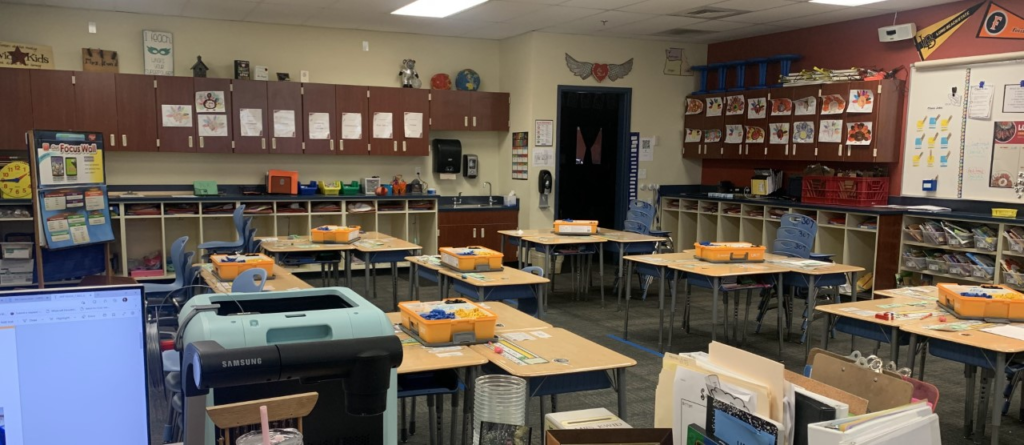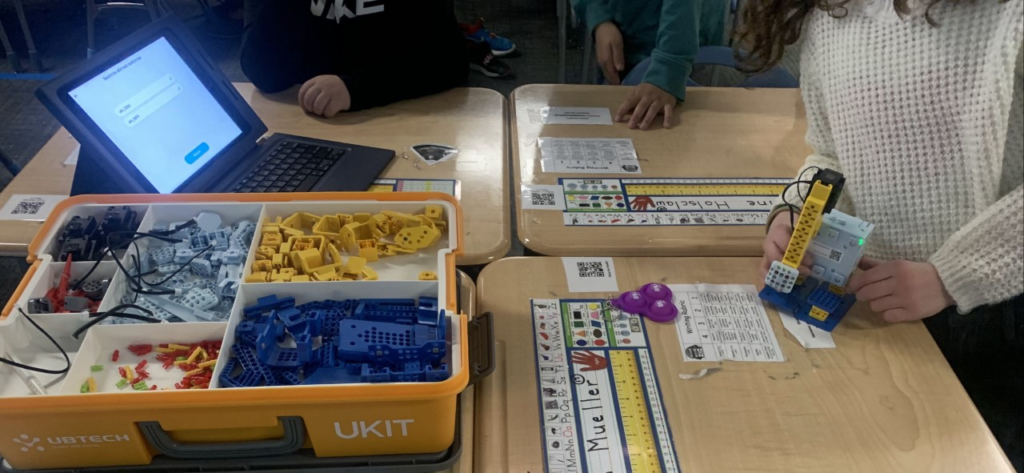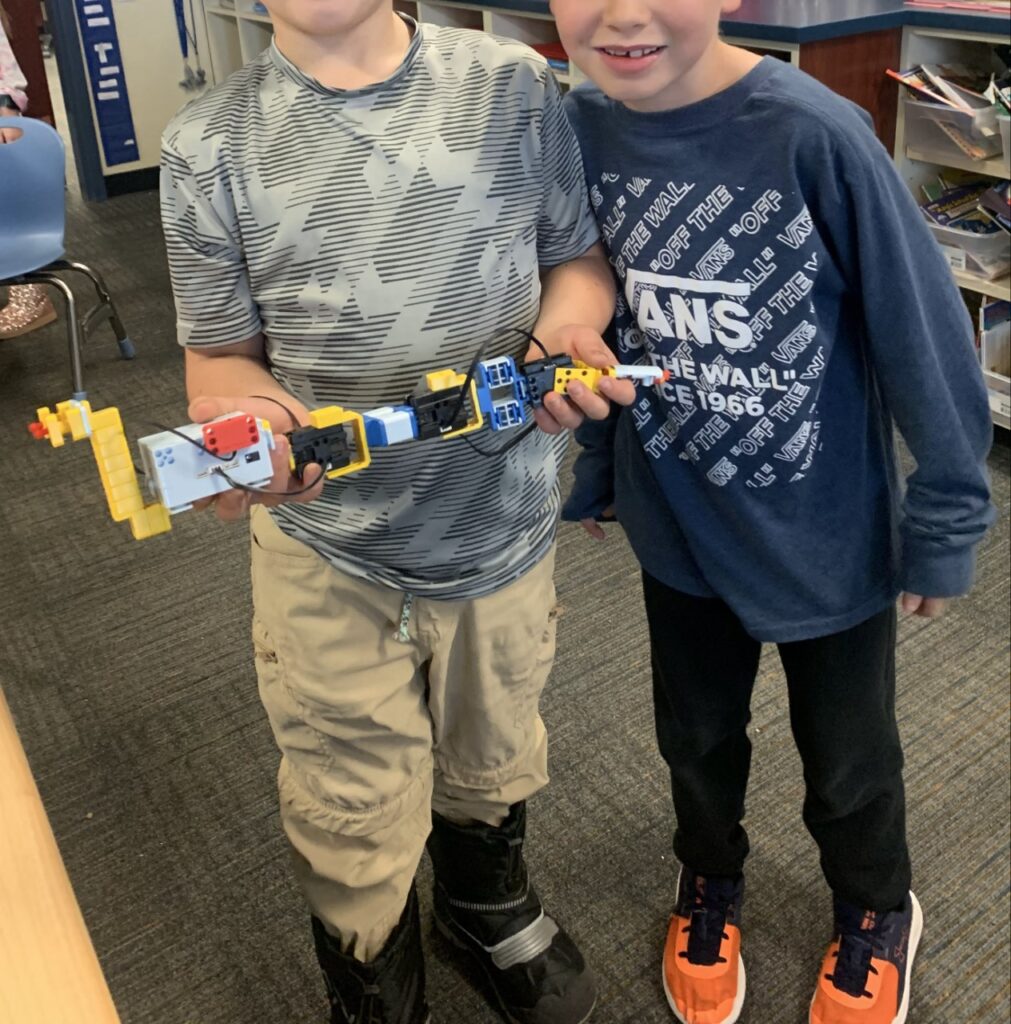Robotics for All Academic Levels
Have you ever wondered if all students in a general education classroom can successfully build and code a robot? General education classroom teachers are tasked with meeting the needs of all students, regardless of academic ability. A recent study from Taylor (2018)¹ found the need for student understanding in science, technology, engineering, and math (STEM) curriculum is well-documented, and positive results in robotics and computer programming are leading researchers and policymakers to introduce new standards in education.
How does this research correlate, though, with low academic achieving students? Chaidi et al. (2021)² found the usefulness of educational robotics in special education for the treatment of deficits of students with learning disabilities, Attention Deficit Hyperactivity Disorder, and Autism, especially at the level of student inclusion, is strongly supported. As a passionate STEM educator, I was determined this year to introduce all 24 of my second grade students to building and coding the UKIT Beginner by UBTECH Education.

My students unpacked their Beginner UKITs in October. Our first lesson was identifying the pieces within the kits and connecting to the uKit EDU app on their iPads. I was pleasantly surprised at how well our first introductory lesson went! All of my students successfully connected to the app.
For our second lesson, we were ready to build and code the Golf Club robot. I placed my students into groups of 3 to 4 students. This worked out well and I would not recommend any more than four students in a group. Each group used one student’s iPad and took turns with the building of the robot. I quickly observed some groups collaborating better than others. It was clear which students worked well in a team and which students would need to develop group-work skills this year. What I was not prepared for, however, was how well my special education student and low academic achieving students did with building and coding the robot.

The special education student and low academic achieving students within my general education classroom excelled in both the building and coding of the robots. These students were assigned the title of classroom robotics experts. My class was instructed to ask the classroom experts first before they asked me for help. The uKit EDU app uses pictures to guide the robot builds. Students do not need strong reading skills to successfully build robots. Additionally, example codes are provided for each robot build. As the students’ coding skills progressed throughout the year, they felt very comfortable iterating the example code.
The classroom robotics experts really took on their role and visibly enjoyed helping their classmates with building or coding difficulties. Their sense of pride grew along with their feelings of self-efficacy. It was a joy to watch these students’ confidence grow through the use of educational robotics.

Throughout the year, my class built and coded the UKIT Beginner robots twice a week for an hour each session. We extended our computer science and computational thinking activities into writing prompts for ELA standards as well as measurement to connect with math standards, and vertebrates and invertebrates to meet the Next Generation Science Standards. Additionally, I used the UBTECH Spark Starters for pre-build brainstorming and planning.
If you have ever wondered if all students in a general education classroom can successfully build and code a robot, the answer is yes. All academic levels within the classroom can find success through the use of educational robotics. I observed a positive attitude increase towards robotics and coding from each of my students, including my special education and low academic achieving students.
—————
Written by Gina Kwid
Engineering Teacher | Grades K-5
Galilio STEM Academy | Eagle, ID
References:
¹Taylor, M. S. (2018). Computer Programming With Pre-K Through First-Grade Students With Intellectual Disabilities. Journal of Special Education, 52(2), 78–88. https://doi.org/10.1177/0022466918761120
²Chaidi, E., Kefalis, C., Papagerasimou, Y., & Drigas, A. (2021). Educational robotics in Primary Education. A case in Greece. Research, Society and Development, 10(9), e17110916371. https://doi.org/10.33448/rsd-v10i9.16371